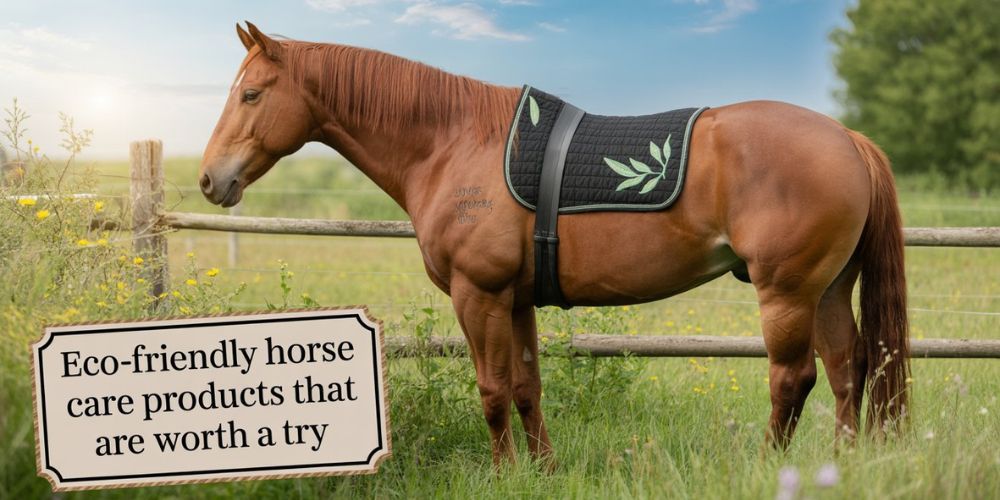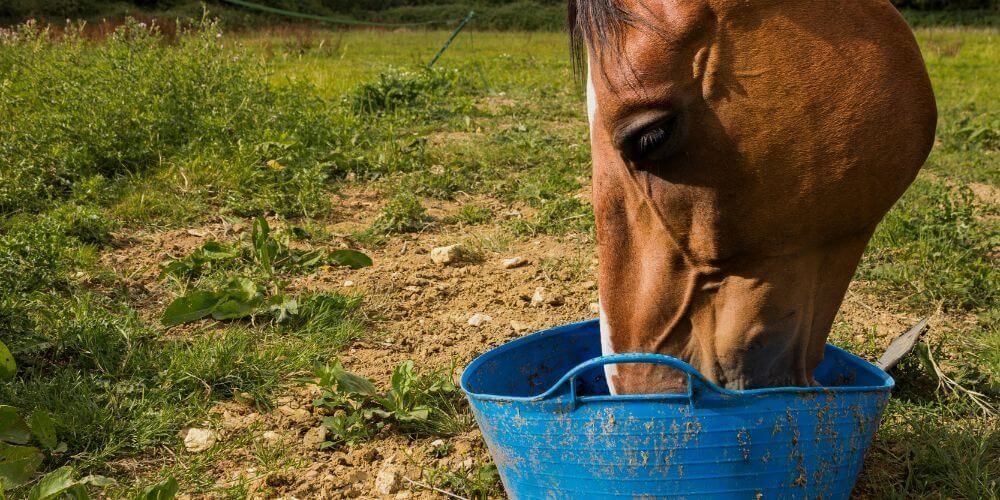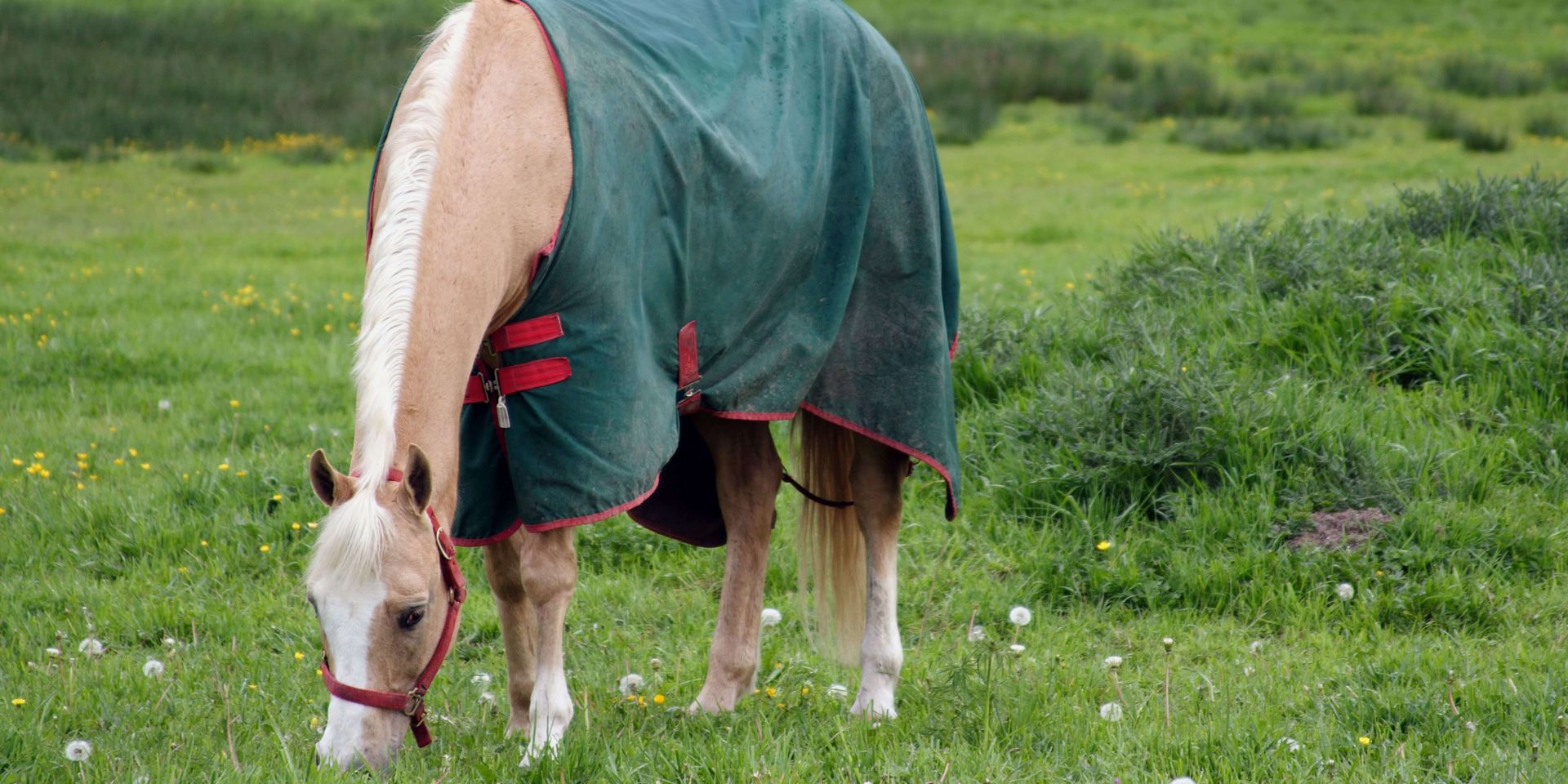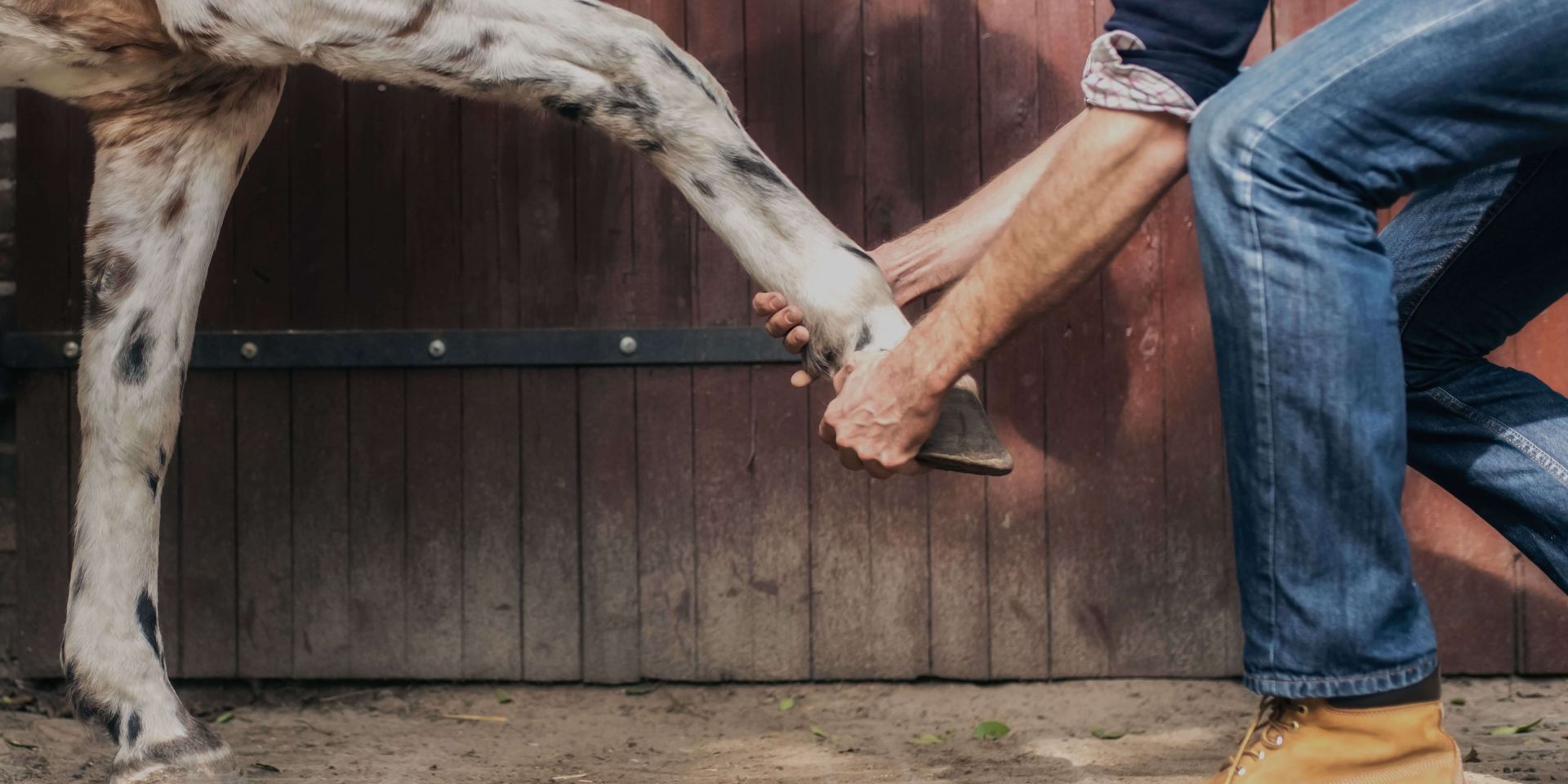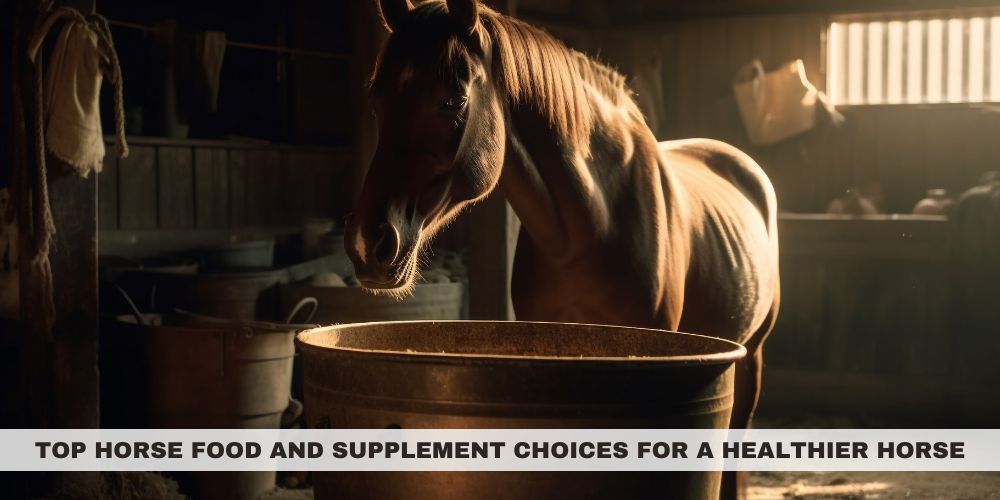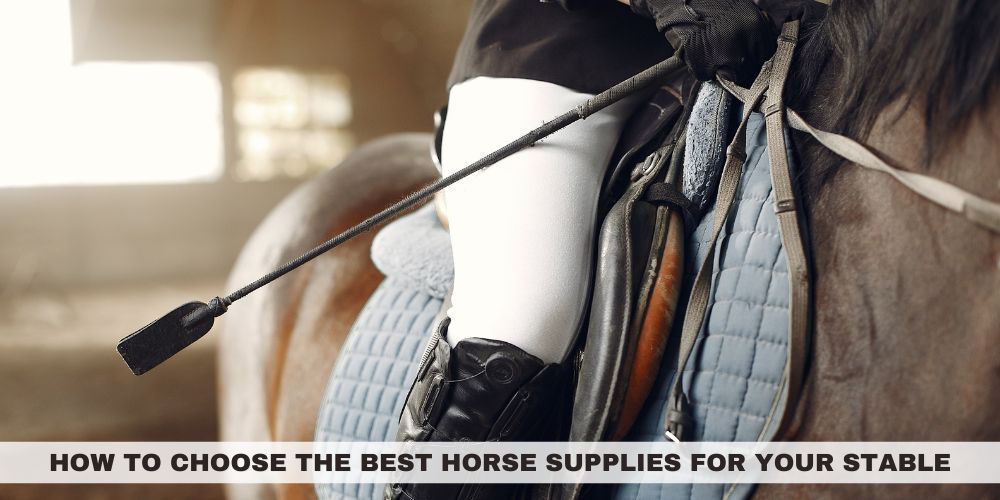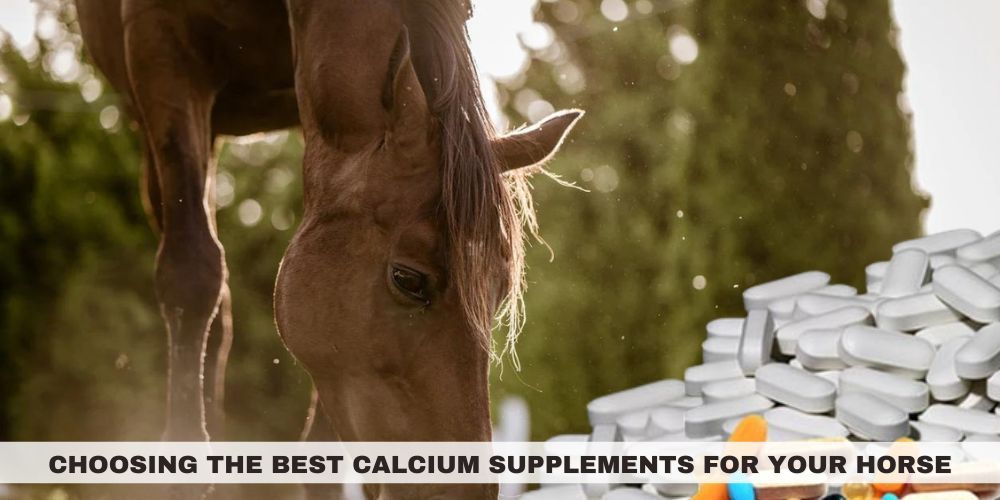Choosing the Perfect Boots for Your Horse Riding Adventure
If you want your horseback riding adventures to be cheerful, safe, and enjoyable, you'll need the right horse-riding equipment. Unquestionably, of the many pieces of gear required, a pair of good riding boots must be on the top of the list. This article explores horse riding boots, their types, essential considerations, and how to select the perfect pair for your riding style and budget.
Understanding the types of Horse Riding Boots
Horse riding boots are styled differently to fulfill various needs and tastes. There are two types of them:
Tall Boots
Over-the-ankle boots are popular in English riding sports like dressage, show jumping, and hunt seat equitation, while tall boots are gaining popularity for their formal and sleek looks.
Short Boots
Short boots are versatile, lightweight, and easy-to-wear options for everyday riders. They are suitable for light Western riding and extra leg protection and are often paired with half chaps or gaiters.
Features to Look for in Horse Riding Boots
Look out for the following characteristics to ensure the best boots for horseback riding.
Material
Leather is the most commonly used and most challenging material for riding shoes. It's flexible and has an eminently classic appearance. Neoprene and faux leather are accessible and generally more affordable synthetic textile alternatives.
Sole
The boot's sole should provide good grip and traction when in stirrups. A larger heel and a pebbled or non-slip sole ensure the best possible stability and control.
Closure System
While most equestrian boots boast a classic lacing system, others have zippers, laces, or a combination of each to provide the safety of a secure fit that is still adjustable.
Style
Pick the riding boots according to your style and discipline. The height, color, and overall look should be professional and match your riding attire.
Durability
Purchase sturdy boots so that they last longer and maintain their shape. Look for solid materials, good artistry, and double-stitching.
Comfort and Safety Considerations
When choosing your horseback riding shoes, the issue of comfort and security should be of utmost significance. Identify the proper boots, which:
Fit Perfectly
Your ankle and foot should feel snug but not too tight, your toes should not have too much pressure so that they move around freely.
Ankle Support
There should be just enough support in the boot to stop the overworking of your ankle. It limits the chances of the ankle from sprains or twists.
Firm Heel
Your heel should comfortably rest against the rear of the boot when riding to avoid chafing and bruising.
Foot Protection
The boots must protect your feet from hazards, such as being stepped on by the horse or accidentally stepping on sharp objects.
Allow for Flexibility
The boot should bend at the ankle for natural flexibility and to reduce fatigue when riding long hours.
Choosing Boots Based on Riding Style
Depending on your riding sport, you may need unique features or styles in a boot. When selecting boots by riding style, consider the following:
English Riding
Some riding disciplines, notably dressage, show jumping, and hunt seat equitation, require tall field or dress boots. These boots offer protection and support to the rider's legs while giving the rider a sleek image that denotes professionalism.
Western Riding
When one is into Western riding, he usually wears short boots with partial chaps or gaiters. The shoes are casual and valuable for trail riding, ranch work, and rodeo events.
Casual Riding
Short or paddock boots are flexible and comfortable for trail riding or casual wear. Easy to slip on/off, these boots provide adequate support and coverage.
Therapeutic Riding
Additional features on the boot, such as extra padding, Velcro closures, or custom fitting, better suit riders with special needs. Contact a certified therapeutic riding instructor or a boot manufacturer for specific advice.
Budget and Durability
The cost of Fing boots is determined by the brand and materials, among other features. In setting up a budget, consider:
Quality over Quantity
While an excellent pair of boots may be more expensive upfront, they will likely last longer and comfort you more effectively.
Resale Value
Some high-end boots have value and can be sold should you change disciplines or advance.
Care and Maintenance
Good cleaning, conditioning, and storage practices will enhance the boot's life span while maintaining its esthetics.
Replacement Schedule
Based on the frequency of usage and the rider's height, boots may need to be replaced every few years or when worn out.
Conclusion
Horse riding boots are meant to be correctly cleaned and cared for. They can last for a reasonable amount of time. In other words, you need to know your riding style, prioritize comfort and safety, and then budget to pick the proper horse-riding boots.
With the right pair, you can maximize your ride by choosing your boots from American Horse Products, whether for a race or a moment of pure enjoyment. Have fun on the journey!


